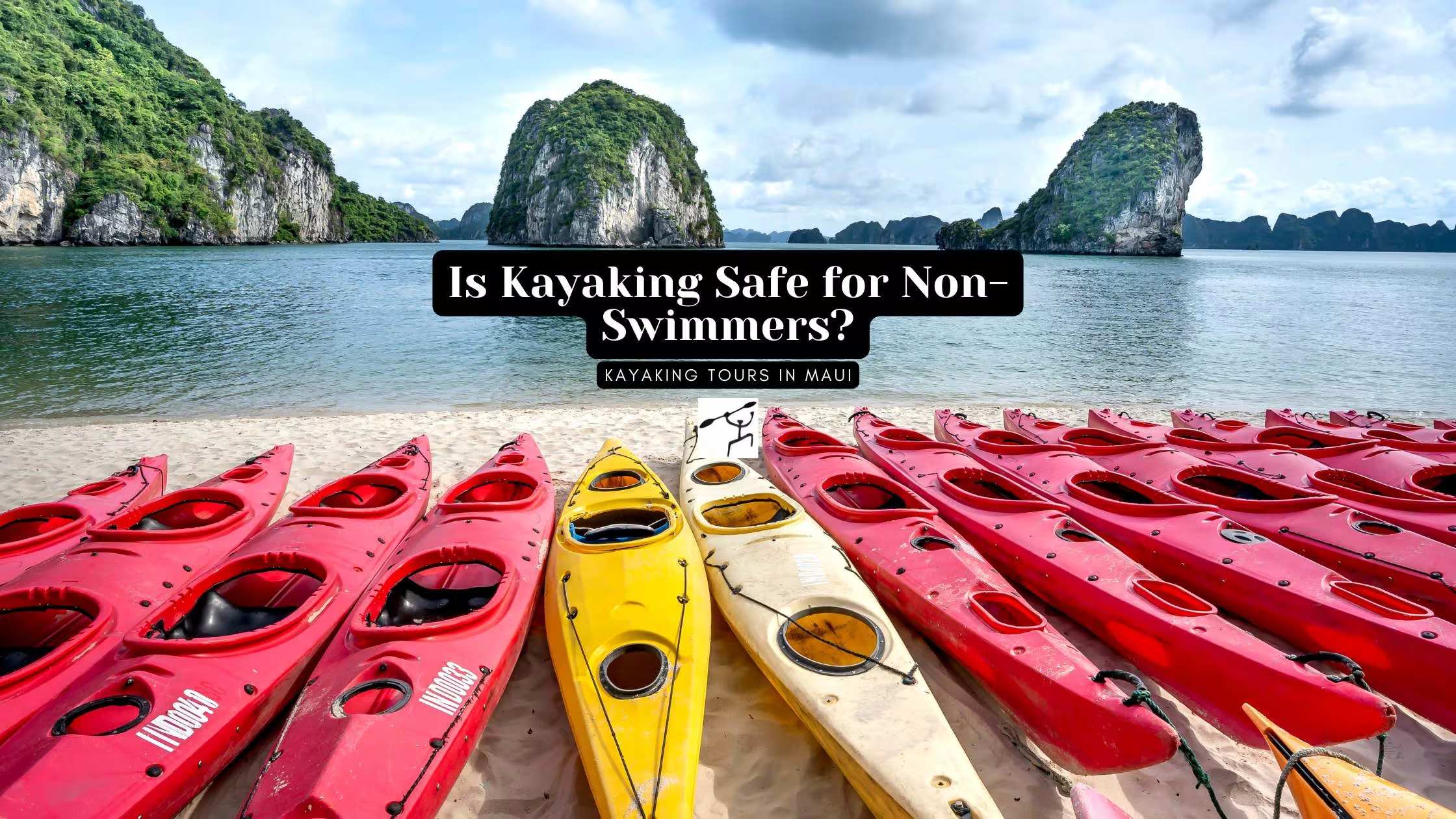
Is kayaking safe for non swimmers
is kayaking safe for non swimmers
is kayaking safe for non swimmers
is kayaking safe for non swimmers
is kayaking safe for non swimmers
Is Kayaking Safe for Non-Swimmers
Is Kayaking Safe for Non-Swimmers
Is Kayaking Safe for Non-Swimmers
Is Kayaking Safe for Non-Swimmers
is kayaking safe for non swimmers
is kayaking safe for non swimmers
is kayaking safe for non swimmers, is kayak fishing safe for non swimmers, can non swimmers go kayaking, kayaking for non swimmers, is kayaking dangerous if you can’t swim, kayaking safety tips for non swimmers, beginner kayaking tips for non swimmers, kayak for someone who can’t swim, is it okay to kayak if you can’t swim, non swimmers kayaking advice, kayaking without swimming skills, kayak life jacket for non swimmers, is it risky to kayak without knowing how to swim, kayak safety gear for non swimmers,
can you go kayaking if you don’t know how to swim, how to kayak if you can’t swim, sit-on-top kayak for non swimmers,
kayak tours for non swimmers, best kayak for non swimmers, kayaking near shore for non swimmers, kayak fishing tips for non swimmers
Is Kayaking Safe for Non-Swimmers?
Is Kayaking Safe for Non-Swimmers the question that generally pops in our mind everytime whenever we think about kayaking. Kayaking is frequently pictured as a peaceful means of discovering calm lakes, winding rivers, or coastal bays. Yet, for individuals unfamiliar with basic swimming strokes, the thought of gliding over open water while perched in a plastic shell can spark real anxiety.
The key question, therefore, is whether a person who cannot swim is putting themselves in unnecessary danger by sliding a paddle into the water.
The straightforward answer is that they can kayak safely provided they follow sensible precautions and choose the right conditions.
Safety Advice for Non-Swimmers in a Kayak
Keep a Life Vest On
A Personal Flotation Device approved by the U.S. Coast Guard is non-negotiable for every kayaker, and it becomes even more vital for those who cannot swim. The vest will hold your head clear of the water if you end up in it, giving you a chance to inhale, stay afloat, and call for help.
Pick a snug jacket made explicitly for kayaking. It must stay secure even as you lean forward—this one piece of gear can greatly increase your chances of survival.
Stick to Calm Water
People who cannot swim ought to steer clear of fast-moving rivers, choppy seas, or breezy bays. Choose glassy lakes, easygoing rivers, or harbours that have some shelter.
These settings are easier to read and let you concentrate on your paddle strokes instead of battling strong currents or rolling waves.
Paddle With a Guide or Partner
Venturing out for the first time is not the moment to go solo. Many operators, such as Maui Adventure Tours Kayak and Snorkel Company, run guided excursions aimed squarely at novices. Their local instructors chart beginner-friendly courses, demonstrate paddling techniques, and keep a watchful eye while you learn. If you prefer a more personal experience, head out with a friend who has logged some hours on the water. Their familiarity will prove invaluable, particularly if you find yourself unintentionally swimming.
Use a Sit-on-Top Kayak
Sit-on-top kayaks are an excellent choice for beginners thanks to their stability and ease of use. Its broad, stable hull all but eliminates the tippiness associated with narrower designs, and the open cockpit makes it simple to clamber back aboard if you do slide off. Because there is no enclosed cockpit, you can skip mastering a wet exit drill or fiddling with a spray skirt—two tasks that puzzle many first-timers in sit-in models. The airy layout also eases any lingering anxiety about being trapped upside down in the boat.
Stay Close to Shore
When you are still building your comfort level, keep the beach in sight. Staying just a few hundred feet from land limits exposure to wind and current, allowing quick access should you need to step ashore. It also shortens the response time for rescuers, who will appreciate your prudent decision to remain within shouting distance of a lifeguard tower or the nearest beach walker.
Take a Safety Lesson
A ninety-minute shoreside briefing can save hours of worry. In a basic safety course you will learn how to stroke efficiently, roll back into your kayak after a spill, signal fellow paddlers, and follow emergency protocols. Those practical skills, delivered in a calm setting before you hit the surf, boost both confidence and command the instant conditions grow less predictable.
What About Kayak Fishing?
Many prospective anglers ask whether it is sensible to fish from a kayak if they cannot swim. The answer is that it can be, yet the sport does add extra equipment and a layer of complexity. Fishing-specific kayaks are typically broader and therefore more stable, but they also need to accommodate rods, tackle boxes, and coolers, which can quickly turn a tidy deck into a crowded workspace.
If you decide to give it a try, keep your on-board gear to a minimum, make sure your paddle is tethered, and put on a personal flotation device built for paddlers. Select a craft with high stability, and drop anchor only in calm, predictable conditions. To free your hands for casting, many anglers now lean toward pedal-driven models that enhance balance and control.
Overcoming the Fear of Water
Understandably, those without swimming skills often feel anxious whenever they are near open water. Paradoxically, a kayak may help ease that anxiety, since the hull keeps you seated above the surface rather than allowing you to feel submerged. For many, sitting comfortably in a dry cockpit serves as a gentle introduction to aquatic settings.
Begin with short outings: paddle a shallow, clear lake while a friend floats close by. Repeat the experience, and your confidence will build. Several newcomers to the sport have later signed up for swimming lessons after discovering that positive exposure to water through kayaking reduces their fear.
What Gear Should A Non-Swimmer Take Along?
A Coast Guard-approved personal flotation device—sometimes called a life jacket—remains the single most important piece of equipment for safety on the water.
- Secure a waterproof whistle or signaling tool directly to your PFD, ensuring quick access in emergencies without digging through your dry bag.
- Use a paddle leash to keep the blade from floating away should you need to suddenly release it.
- Bring a small, sturdy dry bag that holds essentials such as your phone, keys, and a few energy bars.
- If you plan on using your cell phone for navigation or photography, tuck it inside a waterproof case before departure.
- Slip on water shoes or sandals that feature a reliable grip. Wet dock surfaces can be slippery, and good traction matters.
- Protect your skin with a wide-brimmed hat, lightweight long sleeves, and sunscreen that holds up in salt or fresh water.
- Pack a refillable water bottle and high-calorie snacks to keep your energy steady.
Finally, consider stowing a waterproof flashlight or headlamp if you expect to be on the water near dawn or dusk.
Final Word
Is kayaking off-limits to non-swimmers? Not when basic safeguards are in place. Stay on flat, sheltered water; tighten any life vest so that it cannot ride up; travel with an experienced partner; and choose a kayak that suits your height and paddling power. Those same principles of judgment apply if your goal is fishing from a kayak, only in that case you’ll want extra straps to secure tackle and a buoyant crate.
Maui Adventure Tours Kayak & Snorkel Company designs each guided trip with safety and enjoyment at the forefront, catering to paddlers from nervous beginners to seasoned veterans. Regardless of whether you are comfortable in the water or taking your first stroke, our knowledgeable guides manage the logistics so you can focus on the scenery, the marine life, and the simple pleasure of paddling. There is no reason to hesitate; reserve your excursion now and set off for a morning or afternoon filled with calm water, spectacular views, and the confidence that comes from traveling with experienced instructors.








